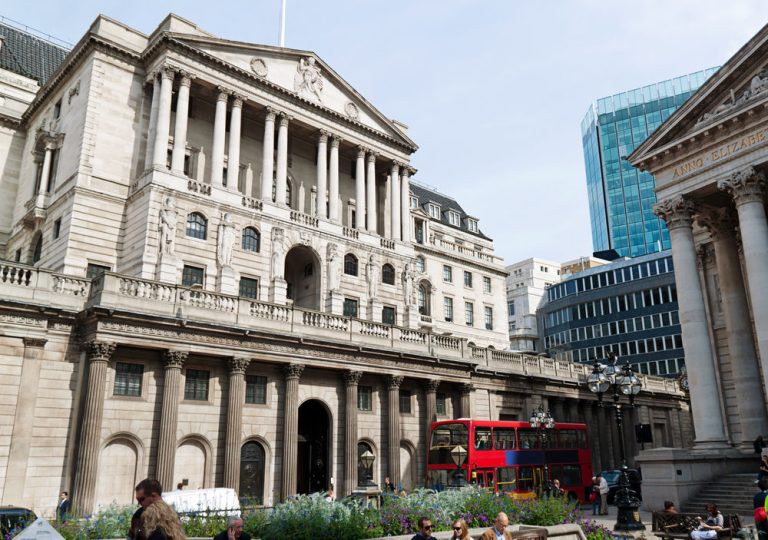The GBP/USD exchange rate suffered a harsh reversal this week as the US dollar index (DXY) staged a strong comeback. It retreated to 1.3090, its lowest point since September 12, and 2.24% below its highest level this week.
The EUR/GBP, on the other hand, rose to 0.8432, much higher than last week’s low of 0.8312. It remains 3.65% below the highest point this year.
Rising geopolitical risks
The GBP/USD pair plunged hard this week as the US dollar rallied amid the ongoing geopolitical events in globally.
The week started with Israel launching a land attack on Lebanon, a few days after killing the head of the Hezbollah.
Things then accelerated when Iran retaliated by launching a barrage of missile attacks towards Israel.
As a result, there are concerns that the crisis could continue in the coming weeks. In a report, the New York Times noted that Israel was now prepared to go to war with Iran.
Joe Biden and other American politicians have supported strong retaliation, especially on Iran’s oil facilities.
These attacks will likely lead to a long and deadly conflict that could see countries like Russia and Turkey involved.
The US dollar index has surged for two reasons. First, the currency is often seen as a safe haven when there are substantial geopolitical risks because of the US role in the world economy.
Second, it rose because a geopolitical event will likely lead to higher energy prices. Brent and West Texas Intermediate (WTI) have all jumped to $77.5 and $73.5, respectively.
The US dollar index also bounce back after several Federal Reserve officials pointed to a gradual pace of future interest rate cuts. These officials included the likes of Jerome Powell, Tom Barkin, and Raphael Bostic.
US nonfarm payrolls data
The next important GBP/USD pair will next react to the upcoming US nonfarm payrolls (NFP) data.
Economists expect these numbers to show that the number of jobs created in September were 148k in September, a small increase from the 142k that were created in August.
The unemoployment rate is expected to remain stuck at 4.2% while wage growth slowed to 3.3%.
These numbers are important because the Fed is mostly focusing on the labor market instead of inflation. Therefore, a sign that the labor market is weakening will point to more aggressive rate cuts in the next few meetings.
These numbers will come a few days a few days after the US published weak manufacturing PMI numbers. According to the ISM and S&P Global the manufacturing output continued falling even after Biden invested billions of dollars to boost the sector.
Bank of England aggression
The GBP/USD pair was in a strong bull run last week because of the rising signs of divergence between the Fed and BoE.
In its last meeting, the bank decided to leave interest rates unchanged and pointed to a gradual pace of future cuts.
However, in a statement on Thursday, Andrew Bailey warned that the bank could become more aggressive when it comes to cutting rates. He also hinted that the committee would be more of an activist. An analysts from Credit Agricole noted:
“The best days of the pound rally may be behind us. The pound is still looking overbought and slightly expensive versus the dollar and the euro.”
A case for more aggressive rate cuts by the BoE can be made because of the recent data, which showed that the economy was weakening. The manufacturing and services PMI numbers came short of expectations.
GBP/USD technical analysis
GBP/USD chart by TradingView
The GBP/USD pair rose and peaked at 1.3433 last week as signs of a BoE and Fed divergence emerged.
This week, however, the pair has suffered a big reversal, moving below the important support level at 1.3272, its highest point in August.
On the positive side, it has remained above the 50-day moving average, pointing to a potential British pound rebound.
However, the Relative Strength Index (RSI) has pointed downwards and has crossed the important point at 50.
Therefore, the pair will likely remain under pressure, with the next point to watch being at 1.300, which has coincided with the ascending trendline that connects the lowest swings since April this year.
EUR/GBP technical analysis
EUR/GBP chart by TradingView
The daily chart shows that the EUR to GBP exchange rate bottomed at 0.8312 last week and then bounced back to a high of 0.8436. It has moved to the middle line of the descending channel shown in purple.
The pair has also remained below the 50-day moving average and is hovering at the important psychological point at 0.8400. Therefore, the pair will likely continue rising as bulls target the next point at 0.8500, the upper side of the descending channel.
The post GBP/USD and EUR/GBP analysis: What next for sterling? appeared first on Invezz

